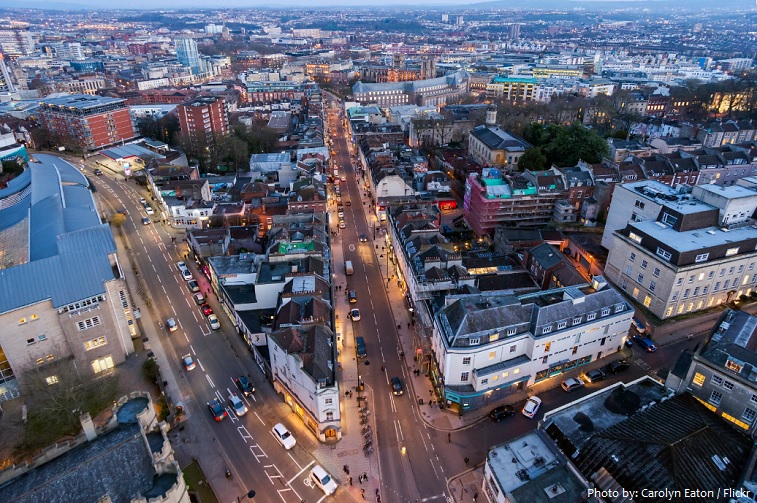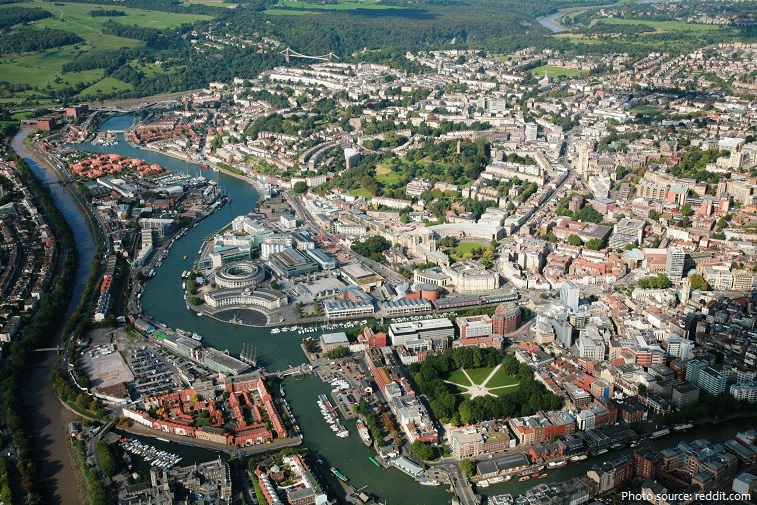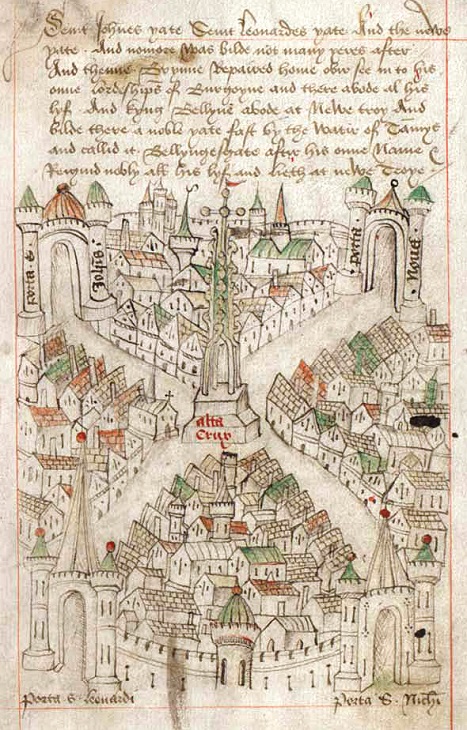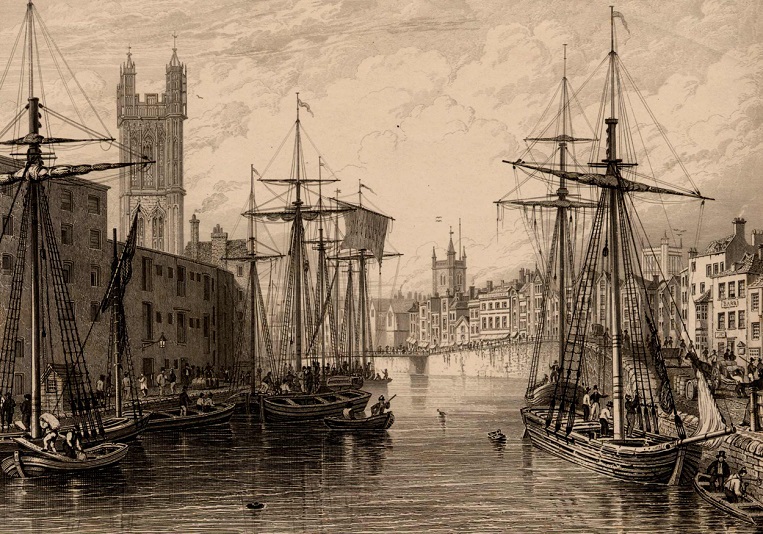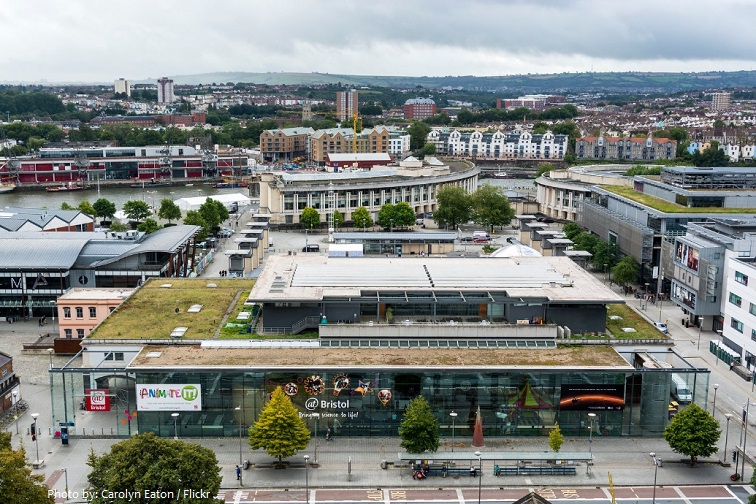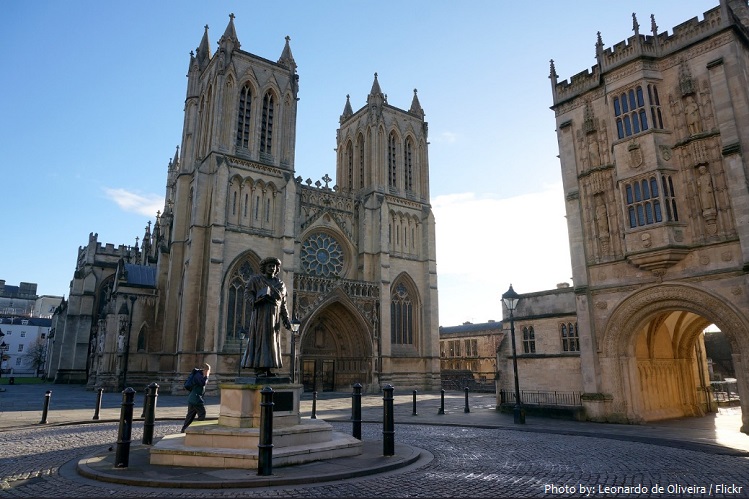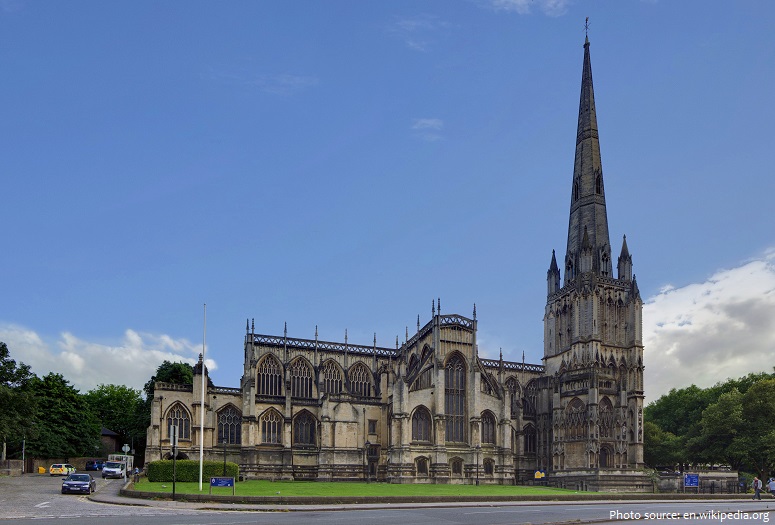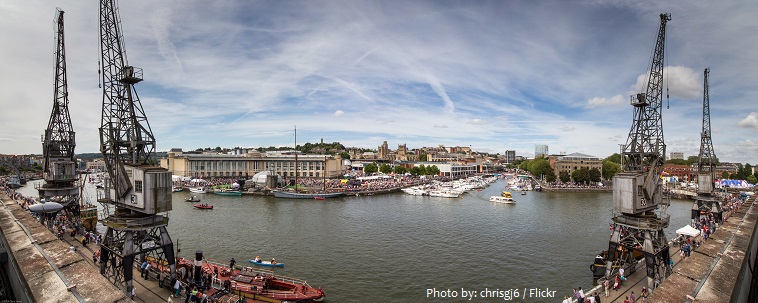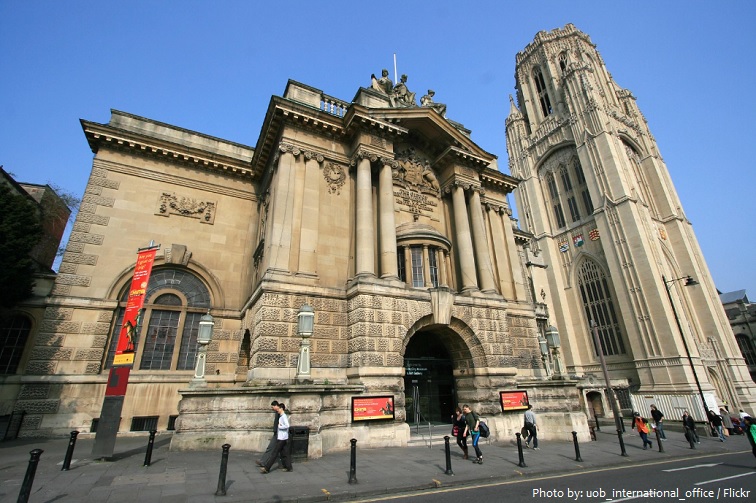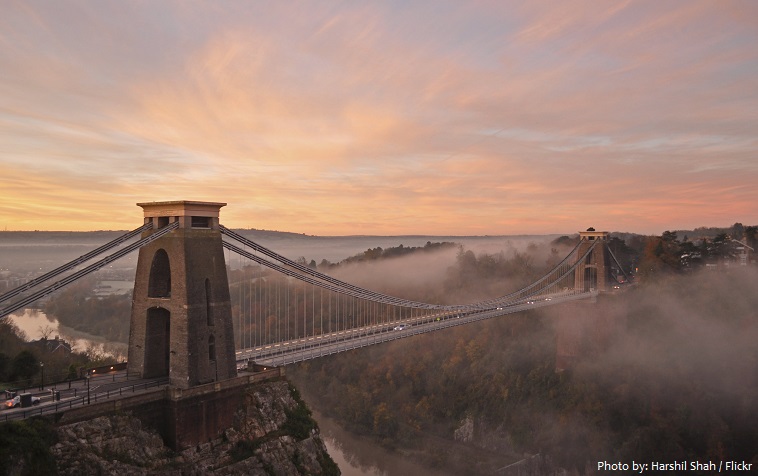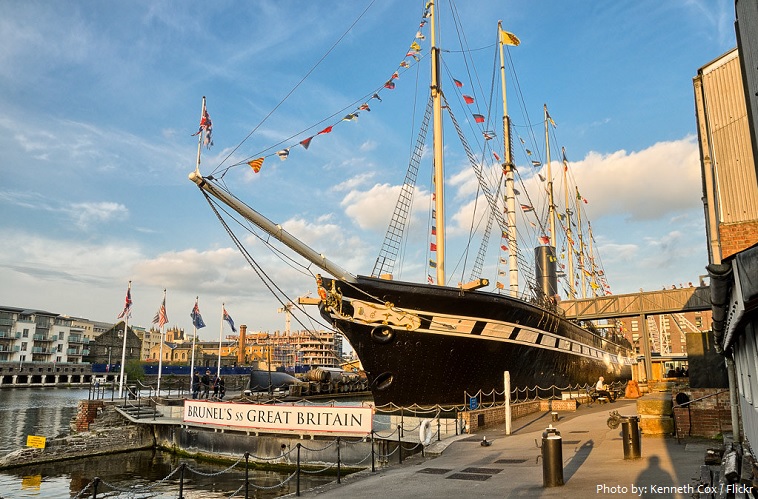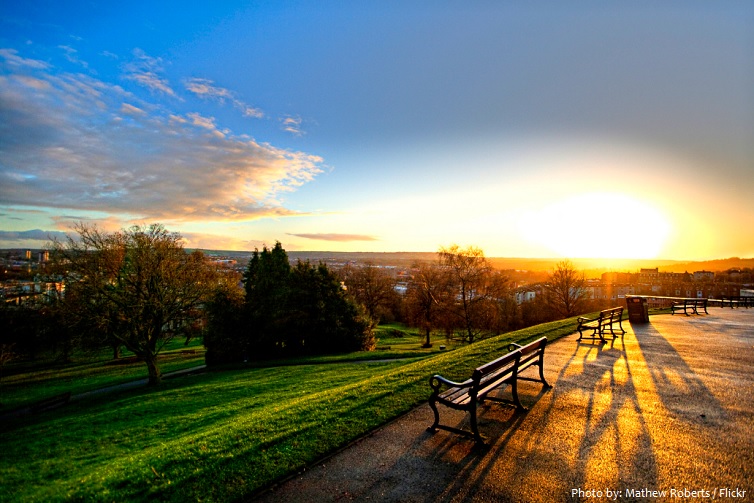Bristol is a city and county in South West England.
It is located about 190 kilometers (120 miles) west of London at the confluence of the Rivers Avon and Frome.
As of April 2020, the population of Bristol is about 480,000 people.
The city covers a total area of 110 square kilometers (40 square miles).
The average altitude is 11 metres (36 feet) above sea level.
The Bristol area has been settled since the Stone Age and there is evidence of Roman occupation.
A mint was established in the Saxon burgh of Brycgstow by the 10th century and the town rose to prominence in the Norman era, gaining a charter and county status in 1373. The change in the form of the name ‘Bristol’ is due to the local pronunciation of ‘ow’ as ‘ol’.
Maritime connections to Wales, Ireland, Iceland, western France, Spain and Portugal brought a steady increase in trade in wool, fish, wine and grain during the Middle Ages.
The city also played a notable part in maritime history: from its port John Cabot sailed in 1497 on his voyage to North America.
Bristol became a city in 1542 and trade across the Atlantic developed.
The city was captured by Royalist troops and then recaptured for Parliament during the English Civil War.
During the 17th and 18th centuries the transatlantic slave trade and the Industrial Revolution brought further prosperity. Edmund Burke, MP for Bristol, supported the American Revolution and free trade. Prominent reformers such as Mary Carpenter and Hannah More campaigned against the slave trade.
The late 18th and early 19th centuries saw the construction of a floating harbour, advances in shipbuilding and further industrialisation with the growth of the glass, paper, soap and chemical
industries aided by the establishment of Bristol as the terminus of the Great Western Railway by I. K. Brunel.
In the 20th century, Bristol was in the forefront of aircraft manufacture and the city had become an important financial centre and high technology hub by the beginning of the 21st century.
Bristol Cathedral, is the Church of England cathedral in the city of Bristol, England. Founded in 1140 and consecrated in 1148, it was originally St Augustine’s Abbey but after the Dissolution of the Monasteries it became in 1542 the seat of the newly created Bishop of Bristol and the cathedral of the new Diocese of Bristol. It is a Grade I listed building.
St Mary Redcliffe is an Anglican parish church located in the Redcliffe district of Bristol, England. The church is a short walk from Bristol Temple Meads station. The church building was constructed from the 12th to the 15th centuries, and it has been a place of Christian worship for over 900 years. The church is renowned for the beauty of its Gothic architecture and is classed as a Grade I listed building by Historic England. It was famously described by Queen Elizabeth I as “the fairest, goodliest, and most famous parish church in England.”
Bristol Harbour is the harbour in the city of Bristol, England. The harbour covers an area of 70 acres (28.3 ha). It has existed since the 13th century but was developed into its current form in the early 19th century by installing lock gates on a tidal stretch of the River Avon in the centre of the city and providing a tidal by-pass for the river.
Bristol Museum & Art Gallery is a large museum and art gallery in Bristol. The museum is situated in Clifton, about 0.5 miles (0.8 km) from the city centre. As part of Bristol Culture it is run by the Bristol City Council with no entrance fee. It holds designated museum status, granted by the national government to protect outstanding museums. The designated collections include: geology, Eastern art, and Bristol’s history, including English delftware.
The Clifton Suspension Bridge is a suspension bridge spanning the Avon Gorge and the River Avon, linking Clifton in Bristol to Leigh Woods in North Somerset. Since opening in 1864, it has been a toll bridge, the income from which provides funds for its maintenance. The bridge is built to a design by William Henry Barlow and John Hawkshaw, based on an earlier design by Isambard Kingdom Brunel. It is a grade I listed building.
SS Great Britain is a museum ship and former passenger steamship, which was advanced for her time. She was the longest passenger ship in the world from 1845 to 1854. She was designed by Isambard Kingdom Brunel (1806–1859), for the Great Western Steamship Company’s transatlantic service between Bristol and New York. While other ships had been built of iron or equipped with a screw propeller, Great Britain was the first to combine these features in a large ocean-going ship. She was the first iron steamer to cross the Atlantic, which she did in 1845, in the time of 14 days.
Brandon Hill, also known as St Brandon’s Hill, is a hill close to Bristol city center. At the summit is the Cabot Tower, opened in 1897 to commemorate the 400th anniversary of John Cabot’s voyage from Bristol to Newfoundland in 1497.
One of the UK’s most popular tourist destinations, Bristol was selected in 2009 as one of the world’s top ten cities by international travel publishers Dorling Kindersley in their Eyewitness series of travel guides.
The Sunday Times named it as the best city in Britain in which to live in 2014 and 2017, and Bristol also won the EU’s European Green Capital Award in 2015.
The city was designated “City of Film” by UNESCO in 2017 and has been a member of the Creative Cities Network since then.
